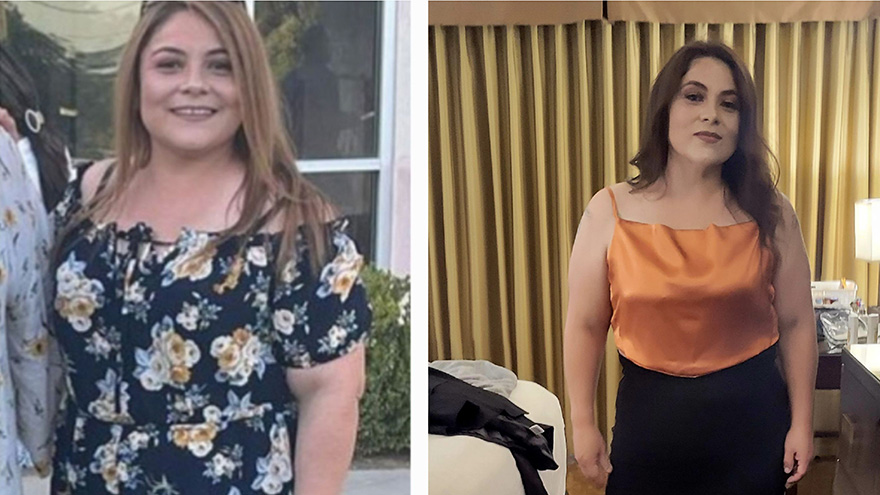Personalized Robotic Surgery
Renown Health is proud to offer Mako SmartRobotics™, an innovative solution for those suffering from painful arthritis in the knee or hip. Each patient is unique and can experience joint pain for different reasons. It's important to talk to your doctor about the reason for your joint pain so you can understand the treatment options available to you. It is common for patients to try medication and other treatments to treat their knee or hip pain. If you haven't experienced the adequate relief with those treatment options, you may be a candidate for Mako SmartRobotics™ for Total Knee, Total Hip, or Partial Knee replacement.
How Mako SmartRobotics™ Works
Mako SmartRobotics™ uses 3D CT-based planning software so your surgeon can create a personalized surgical plan. This 3D model is used to preplan and assist your surgeon in performing your joint replacement surgery.
In the operating room, your surgeon follows your personalized surgical plan while preparing the bone for the implant. The surgeon guides Mako's robotic arm within the predefined area, and Mako's AccuStop™ technology helps the surgeon stay within the planned boundaries that were defined when the personalized preoperative plan was created. By guiding your doctor during surgery, Mako's AccuStop™ technology allows your surgeon to cut less by cutting precisely what's planned to help protect your healthy bone.
It's important to understand that the surgery is performed by an orthopedic surgeon who guides Mako's robotic arm during the surgery to position the implant in the knee and hip joints. Mako SmartRobotics™ does not perform surgery, make decisions on its own or move without the surgeon guiding it. Mako SmartRobotics™ also allows your surgeon to make adjustments to your plan during surgery as needed.
Why Choose Mako SmartRobotics™
In clinical studies, compared to manual surgery, Mako SmartRobotics™ procedures resulted in:
- More accurate implant placement compared to manually surgery, which may result in improved outcomes and functioning of the joint.
- Less pain in the days and weeks following surgery.
- A shorter hospital stay.
- Quicker recovery, where 9 out of 10 patients were walking without aid, such as a cane or walker, three weeks after surgery.
- 97% of patients satisfied or very satisfied 10 years after surgery.
-
Total Knee Replacement
-
Total Hip Replacement
-
Partial Knee Replacement
Partial knee replacement (PKR) is a surgical procedure that relieves pain caused by joint degeneration due to osteoarthritis (OA). In a PKR procedure, only the damaged area of the knee joint is replaced, which may help minimize trauma to healthy bone and tissue.
There are three types of partial knee replacement:
- In a unicondylar knee replacement, only one area (or compartment) of the joint is replaced.
- In a patellofemoral knee replacement, the kneecap (or patella) and the groove at the lower end of the thighbone (or femur) are replaced.
- In a bicompartmental knee replacement, two compartments of the knee are replaced - the inside (medial side) and the kneecap.
Frequently Asked Questions
-
How long has Mako Technology been available?The first Mako procedure was performed in 2006. Since then, more than 400,000 Mako Total Knee, Mako Partial Knee, and Mako Total Hip procedures have been performed.
-
How long will I be in the hospital?All patients are different. Clinical studies have shown that patients who had a Mako procedure spent significantly less time in the hospital compared to those who had a conventional joint replacement.
-
When can I get back to normal activities?Most people who undergo knee placement surgery and participate in a physical therapy regimen prescribed by their doctor return to their day-to-day activities, like driving, in four to six weeks, but everyone is different. Your doctor will help determine a plan best suited for your recovery and your lifestyle.
-
What activities will I be able to do after surgery?
In a few weeks, your doctor may allow you to pick back up with lower-impact activities like hiking, walking, cycling and golfing. Speak to your doctor about which activities are appropriate for you.


